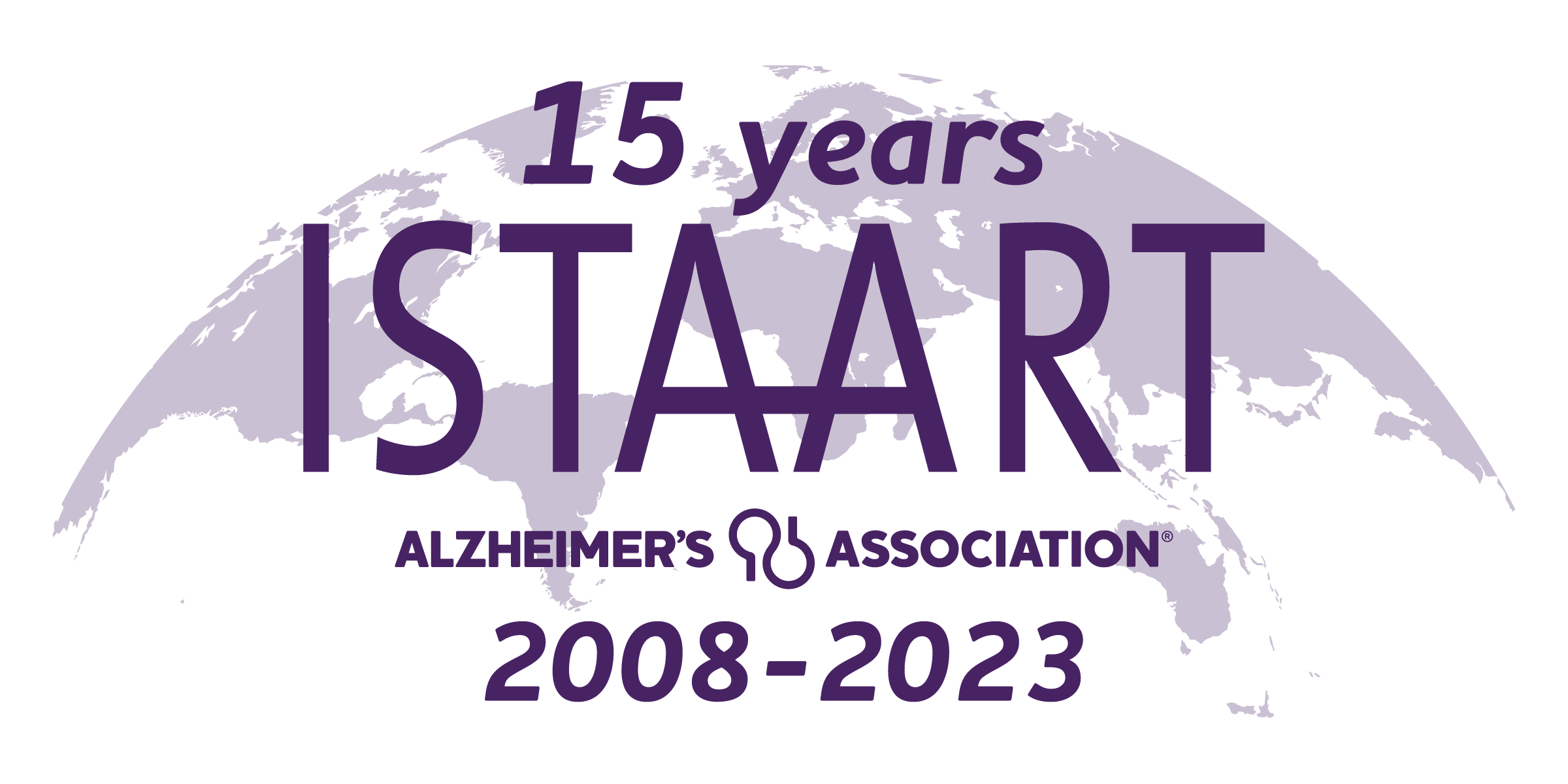About
Category:
Professional Interest Areas (PIAs)
Description:
This PIA was established in 2024.
Executive Committee
Chair: David A. Wolk
Vice Chair: S. Ahmad Sajjadi
Programs Chair: Alifiya Kapasi
Communications Chair: Robert Rissman
Postdoctoral Member: Sandra O. Tomé
Executive Committee Member: Davis Woodworth
(Next election cycle: March 2027)
LinkedIn
#LATEPIA
Access:
ISTAART Group
Members:
115
Overview
*NEW PIA*
Limbic-predominant age-related TDP-43 encephalopathy neuropathologic change (LATE-NC) is a common cause of amnestic cognitive decline in late life aging. LATE-NC is found in approximately 40% of individuals in this population, often in conjunction with Alzheimer's disease neuropathologic change (ADNC). Moreover, LATE-NC has a pattern of cognitive impairment that is highly similar to ADNC making the two conditions often difficult to distinguish on clinical grounds alone. There are currently no molecular biomarkers for LATE and clinical detection is inferential and probabilistic based on available biomarkers. The goals of this PIA are to increase awareness of LATE as an important cause of dementia, facilitate research and collaboration between investigators at different institutions, and foster innovation in the development of effective biomarkers and dedicated diagnostics to advance the ultimate goal of the discovery of LATE targeting therapies.
Limbic-predominant age-related TDP-43 encephalopathy neuropathologic change (LATE-NC) is a common cause of amnestic cognitive decline in late life aging. LATE-NC is found in approximately 40% of individuals in this population, often in conjunction with Alzheimer's disease neuropathologic change (ADNC). Moreover, LATE-NC has a pattern of cognitive impairment that is highly similar to ADNC making the two conditions often difficult to distinguish on clinical grounds alone. There are currently no molecular biomarkers for LATE and clinical detection is inferential and probabilistic based on available biomarkers. The goals of this PIA are to increase awareness of LATE as an important cause of dementia, facilitate research and collaboration between investigators at different institutions, and foster innovation in the development of effective biomarkers and dedicated diagnostics to advance the ultimate goal of the discovery of LATE targeting therapies.


.png)